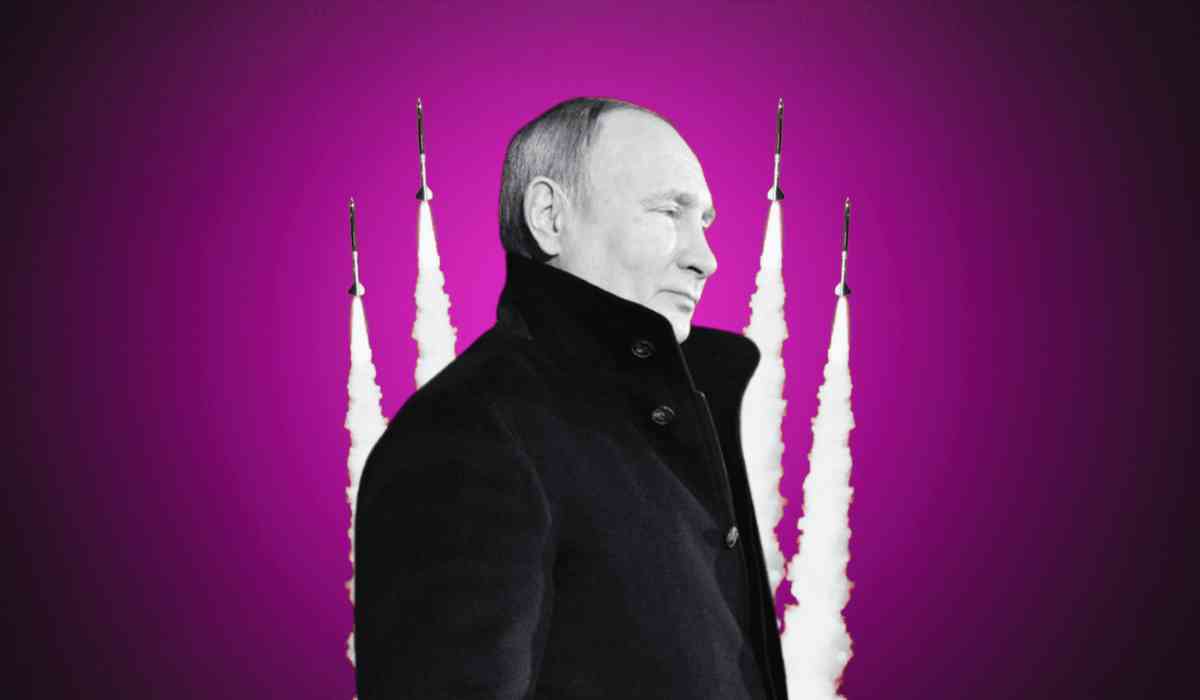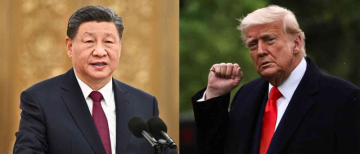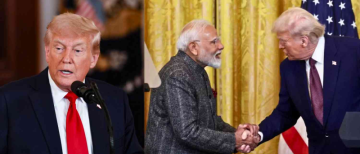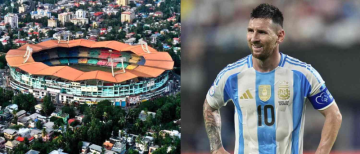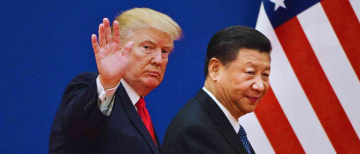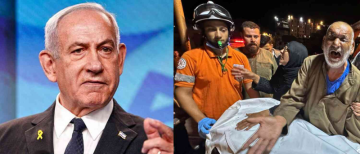Putin's remarks on deploying conventional missiles near the United States and Europe as a response to potential Western support for Ukraine's long-range weapons.
Why is Putin making these missile threats against Western targets, and what types of missiles could Russia employ?
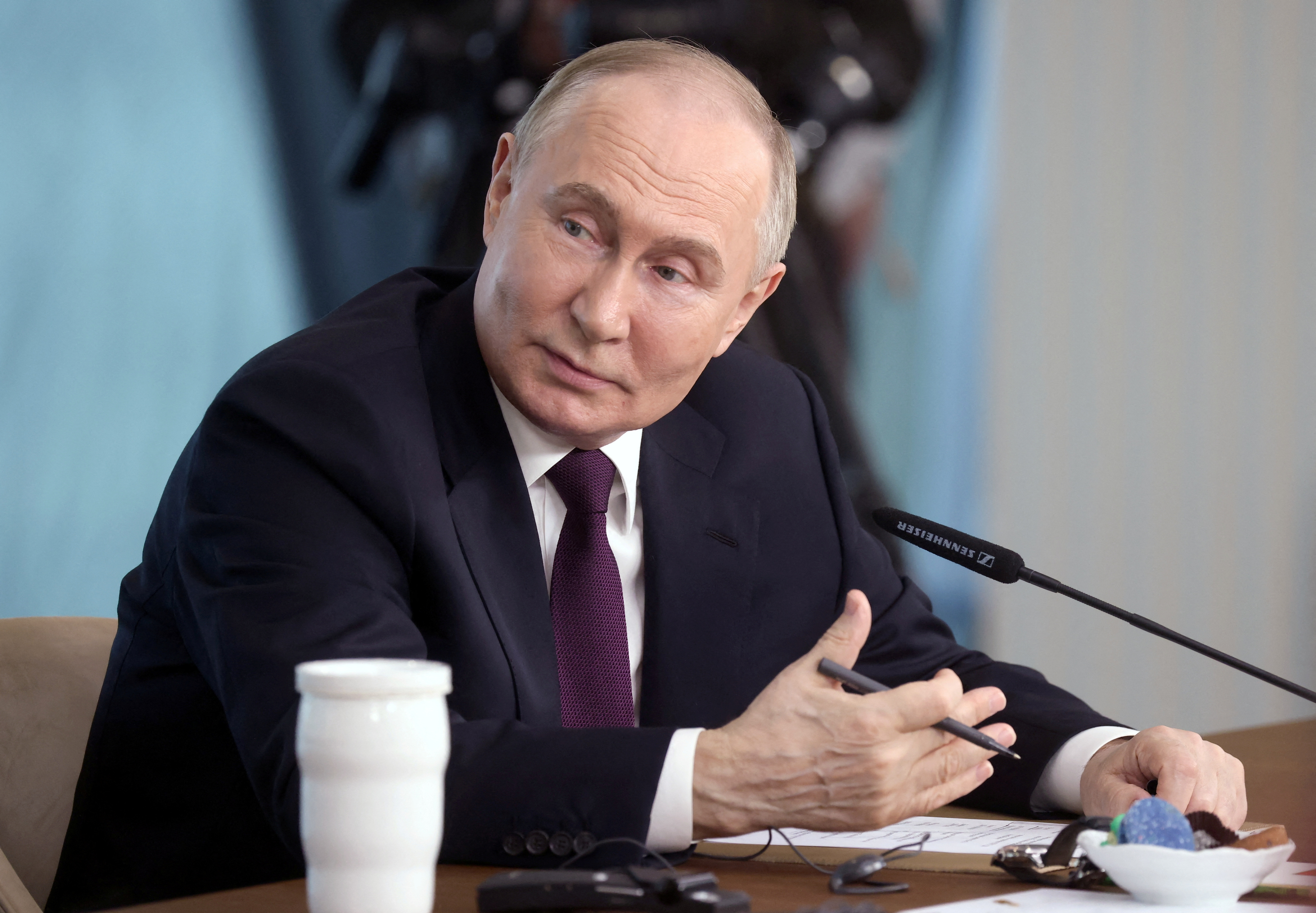
Putin’s Warning to the West
-
Direct Threats: Putin’s recent meeting with international news agencies saw him issuing clear warnings regarding the West’s actions in Ukraine. He emphasized Russia’s right to supply weapons to certain regions in response to perceived threats from the West, specifically mentioning the possibility of shooting down Western missiles.
-
Escalation Concerns: Beyond missile deployments, Putin cautioned against NATO’s support for Kyiv to strike Russian territory with Western-supplied long-range weapons. He suggested that such actions could lead to a direct conflict with Russia, emphasizing the global ramifications of such escalation.
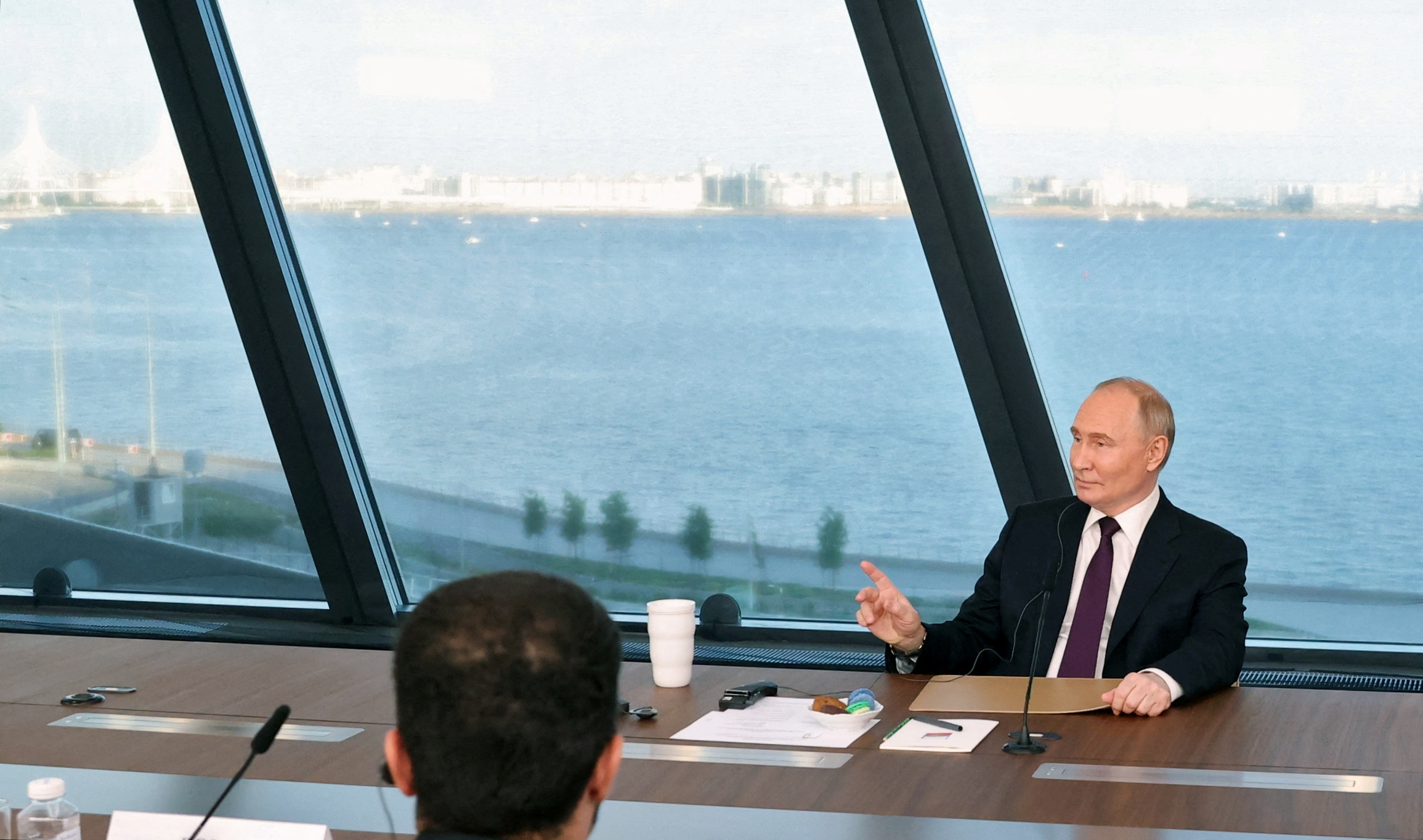
Factors Behind Putin’s Warning
-
Western Authorization: The threats from Putin follow recent authorizations by the US and Germany allowing Ukraine to use Western long-range weapons against Russian targets. President Biden and Chancellor Scholz permitted Kyiv to utilize certain weapons for offensive operations, a move perceived by Putin as direct involvement in the conflict.
-
Increased Involvement: Putin highlighted the alleged participation of Western military personnel in the control and operation of these weapons, intensifying Russia’s threat perception. This escalation marks a significant shift in the conflict dynamics, as Western support transitions from defensive aid to offensive capabilities against Russia.
-
Rationale and Consequences: The decision to allow Ukraine to utilize such weaponry reflects a strategic shift aimed at weakening Russian military capabilities. However, it also raises the stakes considerably, potentially pushing the conflict into more dangerous territory and prompting severe responses from Putin.
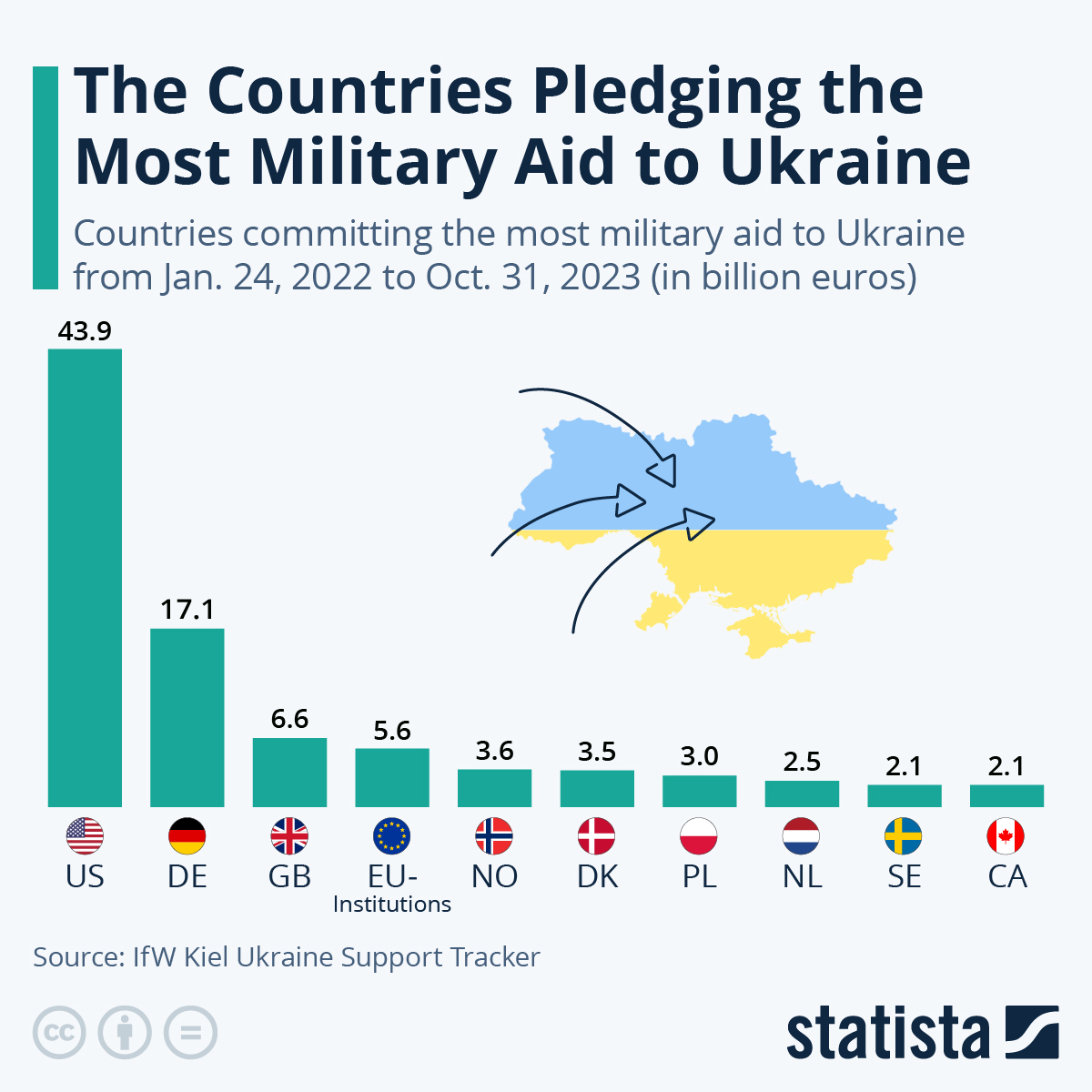
Nuclear risk
In a marathon three-hour session with journalists at the newly inaugurated 81-floor Gazprom tower, President Vladimir Putin discussed various issues ahead of the St. Petersburg International Economic Forum, including the situation in Gaza and the upcoming U.S. election.
-
U.S. Interest in Ukraine: The U.S. is primarily focused on its own global standing rather than genuinely supporting Ukraine. According to Putin, the U.S. actions are driven by a desire to maintain its own greatness, rather than concern for Ukraine and its people.
-
U.S. Political System Critique: Putin criticized the U.S. judicial system, claiming it is being used for political purposes, particularly in the case against Republican nominee Donald Trump. He suggested that the charges against Trump are politically motivated and lack direct proof.
-
Risk of Global Conflict: Amid the ongoing war in Ukraine, Putin expressed concerns about the potential for a broader global conflict. He emphasized the West's uncertainty on how to respond to Russia's military actions in Ukraine.
-
Russia's Nuclear Doctrine: When questioned about the possibility of nuclear war, Putin highlighted that Russia's nuclear doctrine allows for the use of nuclear weapons if the country's sovereignty and territorial integrity are threatened. He urged that this stance should be taken seriously by the West.
-
Conditions for Nuclear Use: According to Russia's 2020 nuclear doctrine, the use of nuclear weapons is considered under the following conditions:
-
In response to an attack using nuclear or other weapons of mass destruction.
-
In response to conventional weapon attacks when the existence of the Russian state is at risk.
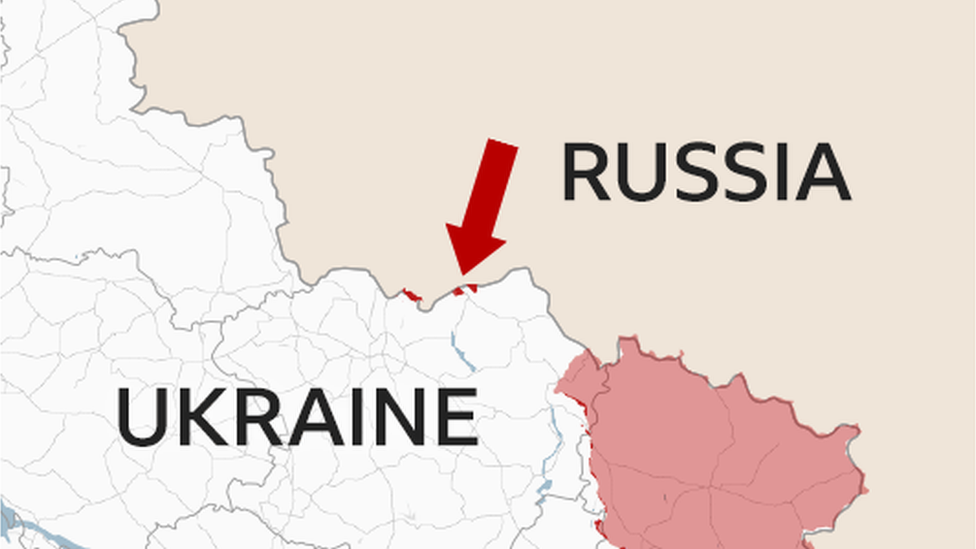
NATO attack?
Putin's Perspective
-
Existential Battle: Putin views the Ukraine conflict as part of a broader struggle against a declining and decadent West, which he believes humiliated Russia post-1989 by encroaching on its sphere of influence, including Ukraine.
-
Origins of Conflict: He asserts the war began in 2014 following the Maidan Revolution, which he describes as a U.S.-backed coup against a pro-Russian president.
Western Viewpoint
-
Imperial Ambitions: The West characterizes Russia's actions as an imperialistic land grab and is committed to supporting Ukraine in repelling Russian forces.
-
Ukraine's Resolve: Ukraine is determined to expel all Russian soldiers from its territory, including areas now claimed by Moscow.
Risk of Broader Conflict
-
Warnings from the West: Despite downplaying the risk of a wider war, Western leaders caution that Putin might attack a NATO member.
-
Nuclear Threat: Both Putin and Biden acknowledge that a direct conflict between Russia and NATO could escalate towards World War Three.
Putin's Response
-
Dismissal of NATO Attack Claims: Putin ridicules the idea that Russia intends to attack NATO, calling it "complete nonsense" and harmful to those spreading the notion
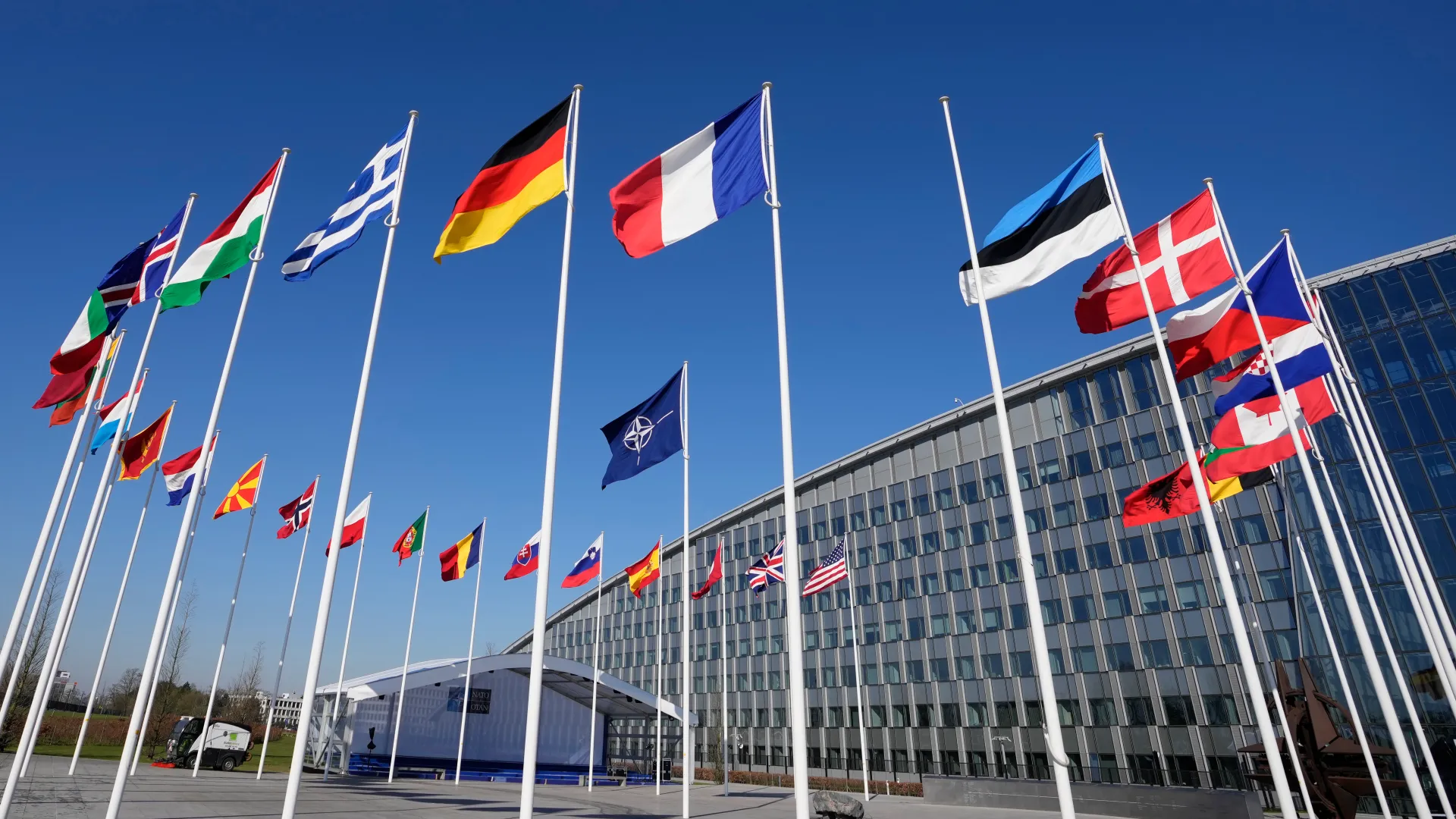
Russia’s Missile Power
Russia, inheriting the formidable Soviet missile arsenal, possesses the most extensive collection of ballistic and cruise missiles globally, a testament to its Cold War-era investments and technological advancements. This arsenal, continually modernized and expanded, plays a pivotal role in Moscow's military doctrine, fulfilling various missions from local anti-access/area denial to intercontinental strategic nuclear strikes.
Key Missiles
-
Zircon: This hypersonic missile, initially sea-launched but now available in a ground-launched variant, represents a new generation of weaponry according to Putin. With a range of 1,000 km and traveling at Mach 9, it surpasses most air defense systems, constituting a formidable threat.
-
Kinzhal: Dubbed the "dagger," this air-launched ballistic missile reaches speeds exceeding 11,000 km/h. Despite Ukraine's claims of intercepting it with U.S.-supplied Patriot systems, Russia maintains its invulnerability. The Kinzhal's ability to carry both conventional and nuclear warheads enhances its strategic significance.
-
Iskander-K: Deployed in the conflict with Ukraine, this short-range ballistic missile system boasts precision and versatility, capable of carrying conventional or nuclear warheads. Its mobility on launch platforms renders it elusive and challenging to neutralize before striking targets.
These missiles exemplify Russia's capacity to project power and pose substantial threats to regional and global security. Their combination of speed, range, and adaptability underscores their integral role in Russia's military strategy, particularly evident in the ongoing Ukraine conflict.
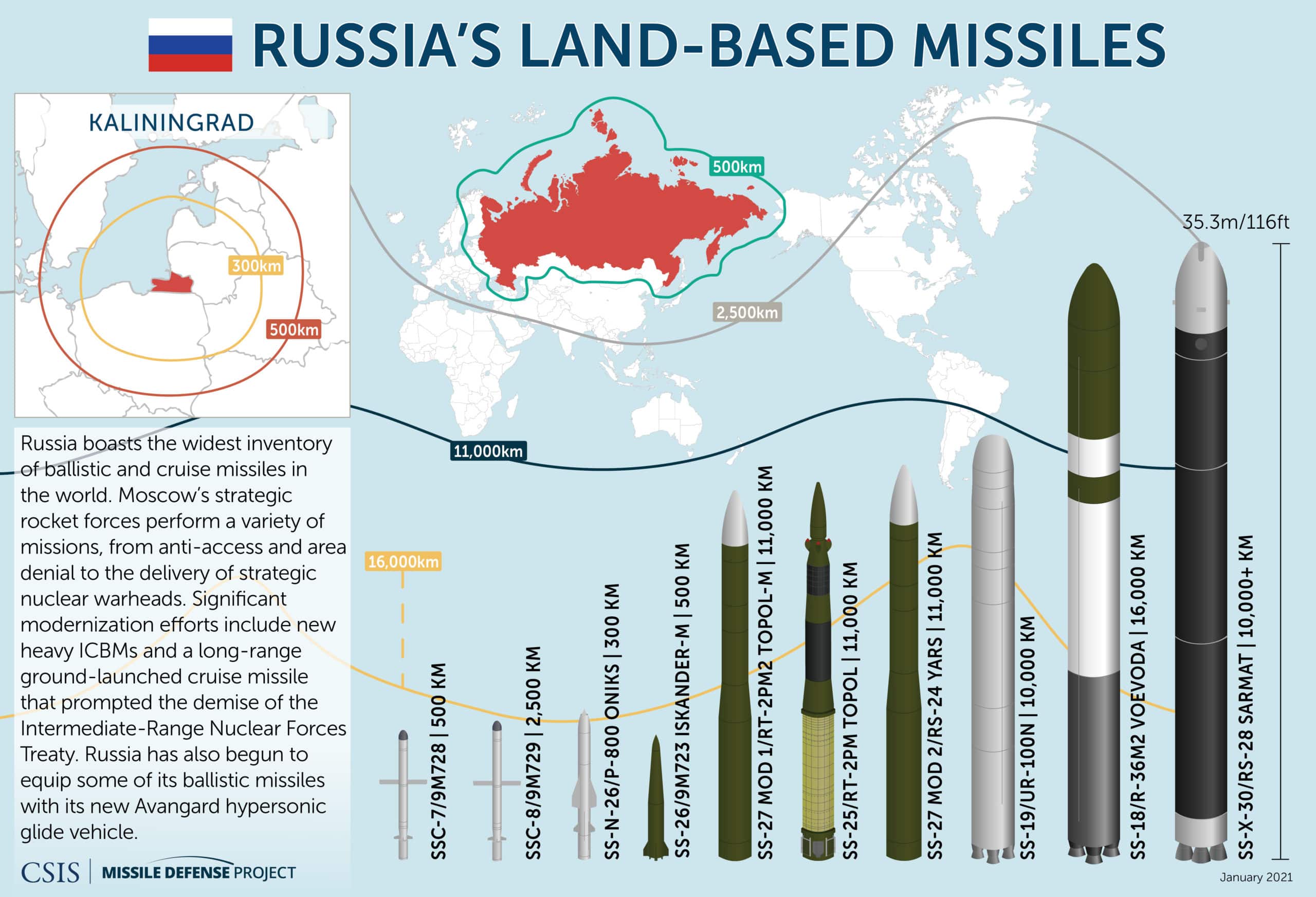
The possibility of nuclear weapons being used
The potential for nuclear weapons to be deployed remains a serious concern, especially given recent statements from Putin indicating that Russia's nuclear doctrine should not be underestimated. This doctrine permits the use of nuclear weapons in response to attacks involving nuclear or other mass destruction weapons against Russia or its allies, as well as in the event of aggression with conventional weapons threatening the state's existence. While the likelihood of nuclear use is low, recent developments underscore the importance of diplomatic efforts and strategic caution to prevent further escalation and the catastrophic consequences it could entail.
With inputs from agencies
Image Source: Multiple agencies
© Copyright 2024. All Rights Reserved Powered by Vygr Media.

